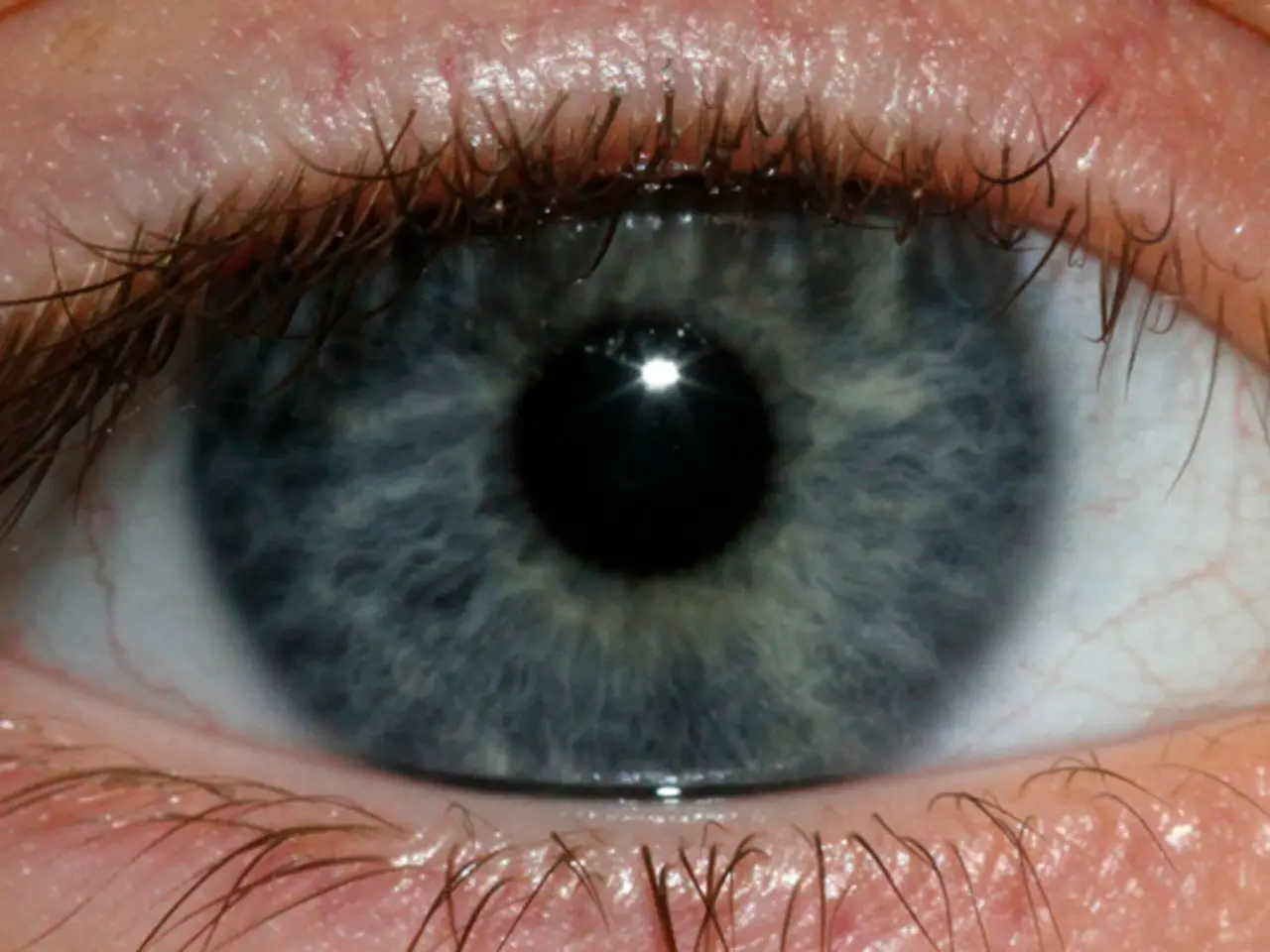Smallpox Vaccination Mark: Information, Causes, and Additional Insights
Smallpox vaccine scars are a remnant of a time when the devastating viral infection was a global threat. The vaccine, developed using a live variation of the vaccinia virus, was instrumental in the eradication of smallpox in the early 1950s.
The causes of smallpox vaccine scars originate from the vaccination method itself. The vaccine is administered by multiple punctures into the skin’s epidermis, usually on the upper arm, using a bifurcated needle. This introduces the live vaccinia virus, a related but less harmful virus, causing a localized immune response that mimics a mild infection. As a result, a red papule forms, developing into a vesicle, then a pustule, which crusts over and eventually falls off, leaving a characteristic depressed scar.
Complications from the smallpox vaccine can include mild side effects such as fever, headache, and rash. However, some people, particularly those with weakened immune systems, may experience serious complications like eczema vaccinatum (severe skin rash), progressive vaccinia (nonhealing sore at the vaccination site), or myocarditis and pericarditis (heart inflammation). Additionally, the live vaccinia virus can inadvertently spread from the vaccination site if the person touches it and then touches other areas or people.
Regarding removal methods for smallpox vaccine scars, these scars are typically depressed and have a smooth finish. They are permanent in many cases but can be addressed by dermatological treatments. Consulting an experienced dermatologist or dermato-trichologist who follows strict protocols is recommended to improve scar appearance. Treatments may include laser therapy, microneedling, chemical peels, or other scar revision procedures tailored to the scar’s depth and characteristics.
These scars are most common in people vaccinated before smallpox was eradicated (mostly born before the 1980s). Today, smallpox vaccinations in the United States are discontinued except for those at risk of exposure, such as lab workers. A smallpox vaccine scar is a distinctive mark left behind after vaccination, often round or oblong and smaller than a pencil eraser.
To minimise the appearance of a smallpox scar, some methods include using sunscreen, skin softening ointments and creams, and seeking medical procedures like dermabrasion or skin grafting. It is important to note that the smallpox vaccine contains a live virus, so precautions should be taken to avoid spreading it.
In summary, smallpox vaccine scars are the result of the vaccination process, causing a localised immune response and scarring. Although complications can occur, particularly in those with weakened immune systems, the scars can be addressed through dermatological procedures. Today, smallpox vaccinations are rare, making these scars a historical reminder of a time when smallpox was a global threat.
[1] Centers for Disease Control and Prevention. (2021). Smallpox Vaccine. Retrieved from https://www.cdc.gov/smallpox/vaccination/index.html [2] World Health Organization. (2021). Smallpox. Retrieved from https://www.who.int/health-topics/smallpox#tab=tab_1 [3] Mayo Clinic. (2021). Smallpox vaccination: What to expect. Retrieved from https://www.mayoclinic.org/tests-procedures/smallpox-vaccination/about/pac-20394811
- The smallpox vaccine, with its characteristic scars, serves as a tangible reminder of a time when diseases like nsclc (non-small cell lung cancer) and obesity were not the primary health concerns.
- A bipolar individual might find solace in the predictive nature of science, recognizing the progress it has made in the field of type 2 diabetes, hepatitis treatment, and preventative care for conditions like migraines and arthritis.
- Depression, ankylosing spondylitis, and psoriatic arthritis are often managed with a combination of medication, therapy, and lifestyle changes, similar to how vaccines work by stimulating the body's immune system.
- Just as a vaccine can provide immunity against certain diseases, science continues to develop innovative treatments aimed at reducing the scars left by mental health challenges such as depression and anxiety.
- Some individuals might wonder if a vaccination could be developed to protect against depression, much like the smallpox vaccine safeguarded against a deadly virus.
- The care and attention given to obesity, hypertension, and diabetes management can be likened to the prevention methods employed to reduce the spread of hepatitis and other infectious diseases.
- While the smallpox vaccine left behind visible scars, the advancements in health-and-wellness science have led to many treatments that may not leave physical reminders but can have significant long-term effects.
- In the realm of health-and-wellness, prevention, early diagnosis, and effective treatment are crucial in managing diseases like type 1 diabetes, depression, and psoriatic arthritis.
- Some argue that the eradication of smallpox through vaccination marks a pivotal moment in medical history, similar to the introduction of scientific breakthroughs in mental health treatment and other disease management techniques.
- The study of smallpox, its vaccine, and the scars it leaves behind offers a unique opportunity for scientists to learn more about the immune system and potentially apply those insights to the development of new vaccines against other diseases such as mental health disorders or autoimmune conditions like rheumatoid arthritis.




